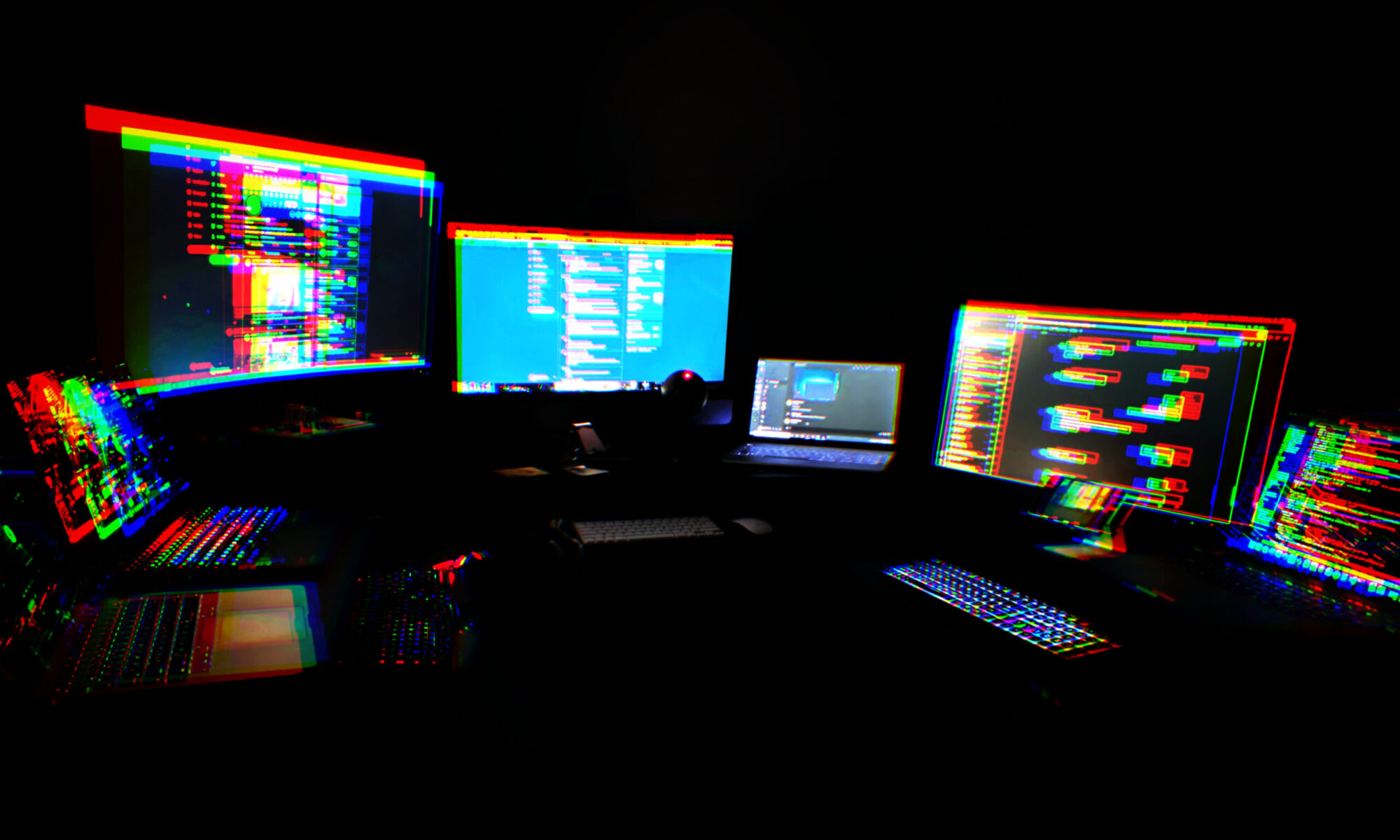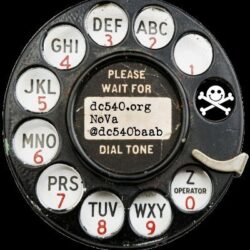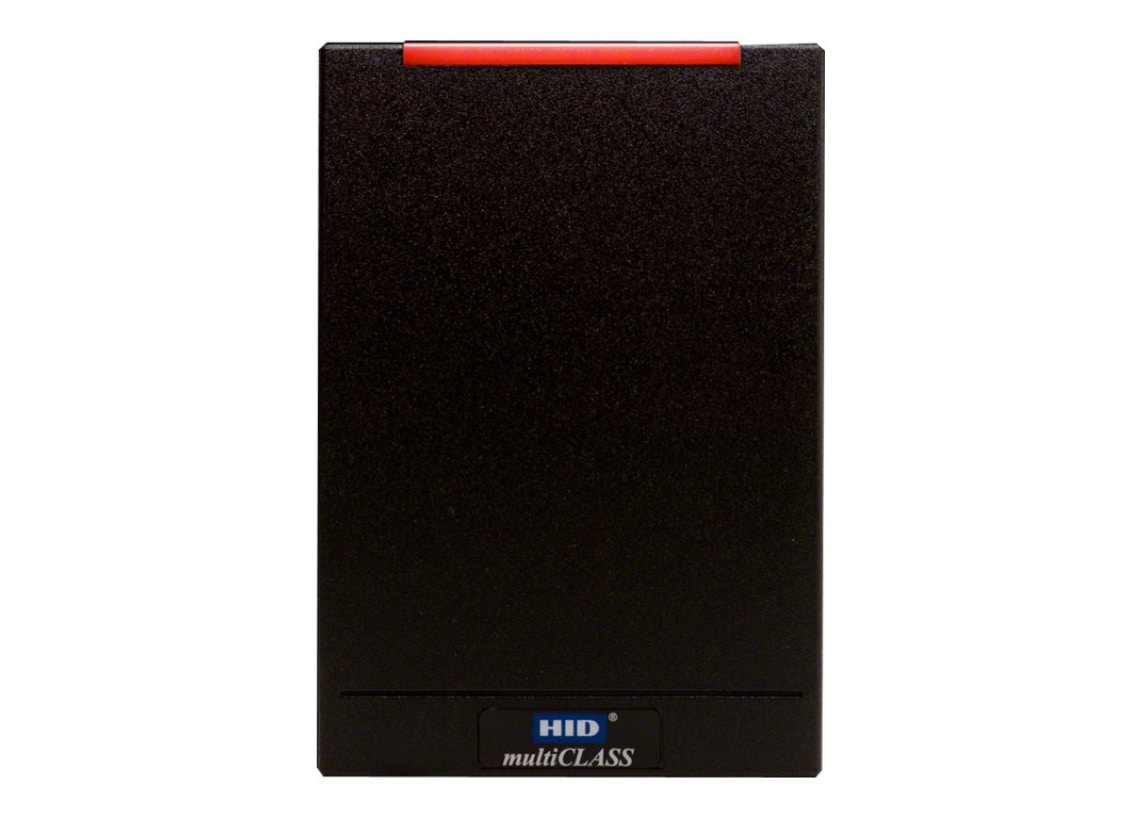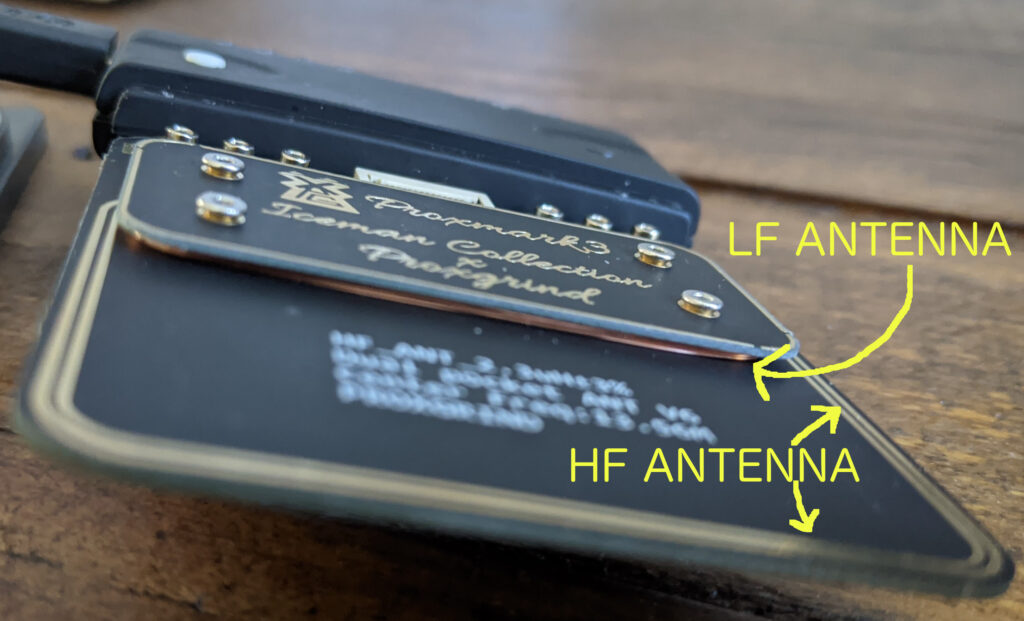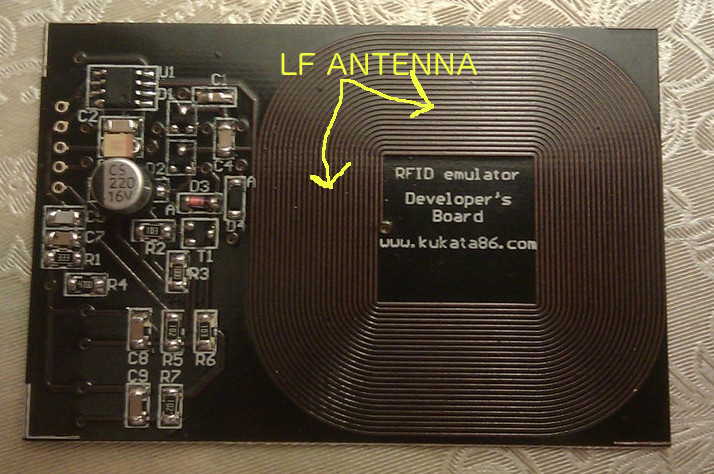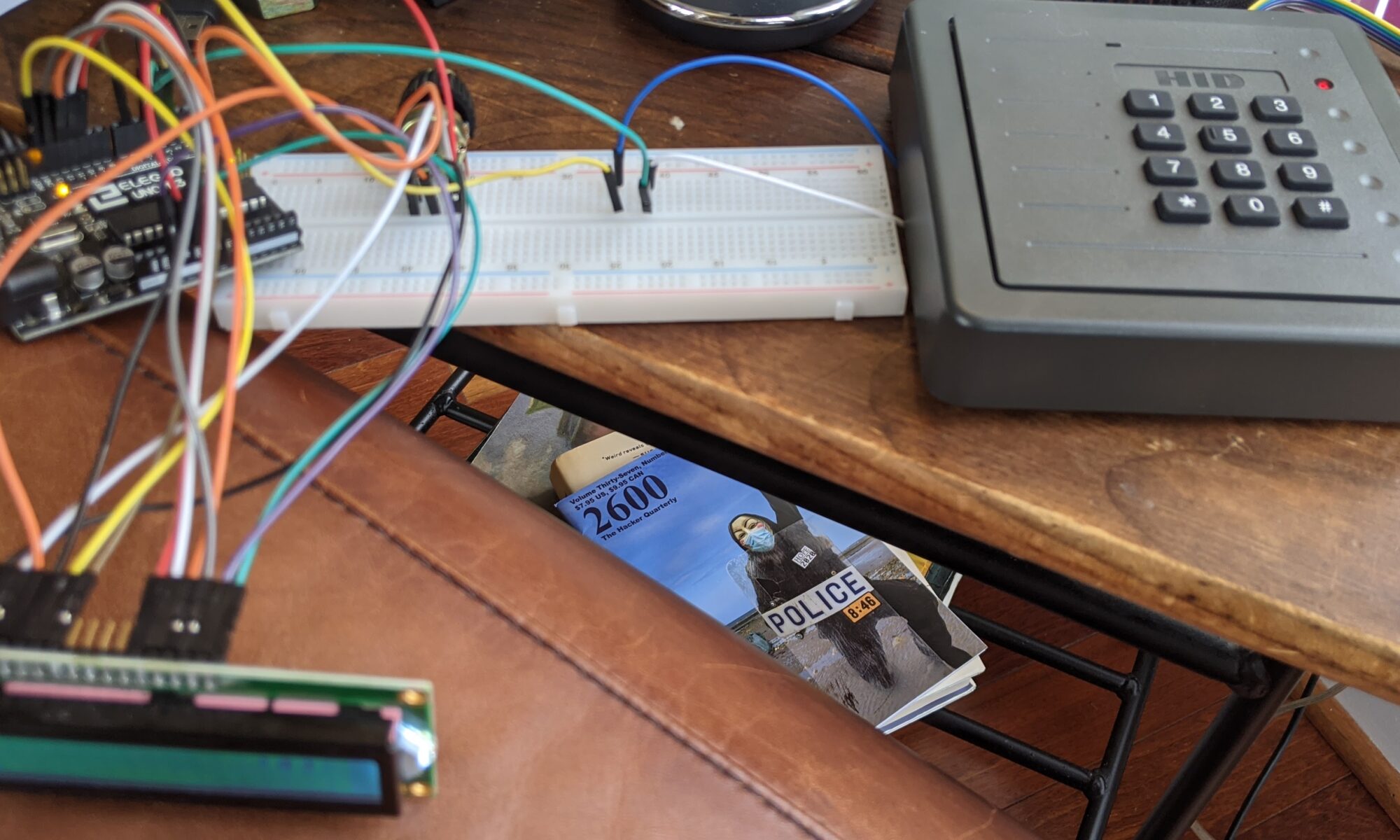So if you’re like me and picked up your Proxmark3 RDV4 on the early side, you probably have the original stock antenna. Which is fine. No, it’s really fine. For all the things that are normally part of RFID experimentation, it’s fine. If you want to read and write implants, you get the ferrite antenna. If you’re looking for long range, you get the extended antenna set (a medium-range that fits in the case and a long range that doesn’t).
But what if like me, you realized that the stock LF antenna is fixed at 125KHz? What if you have a potential use case for 134KHz? There are 134KHz tags out there. Sure, you could go with the long-range set, but it’s $90.
Enter the RDV4.01 replacement antenna. Seems to be only sold by sneaktechnology and lab401, both overseas — doesn’t seem like Hacker Warehouse is carrying it. Probably a low demand item. But for $20 you can replace your stock 125KHz antenna with one that’s got switchable frequency (125KHz/134KHz) and switchable Q (7/14).
I don’t know if this will solve my particular use case, but it’s a lower bar financially than the long-range set, so I’m giving it a shot. I’ll let you know in a few weeks if it helped.
Antenna is available here if you’re interested: https://sneaktechnology.com/product/proxmark3-rdv4-01-replacement-antenna/
Oh, you’re wondering about my use case? So far I haven’t been able to read the implant on my cat. I’m hoping this will help.
